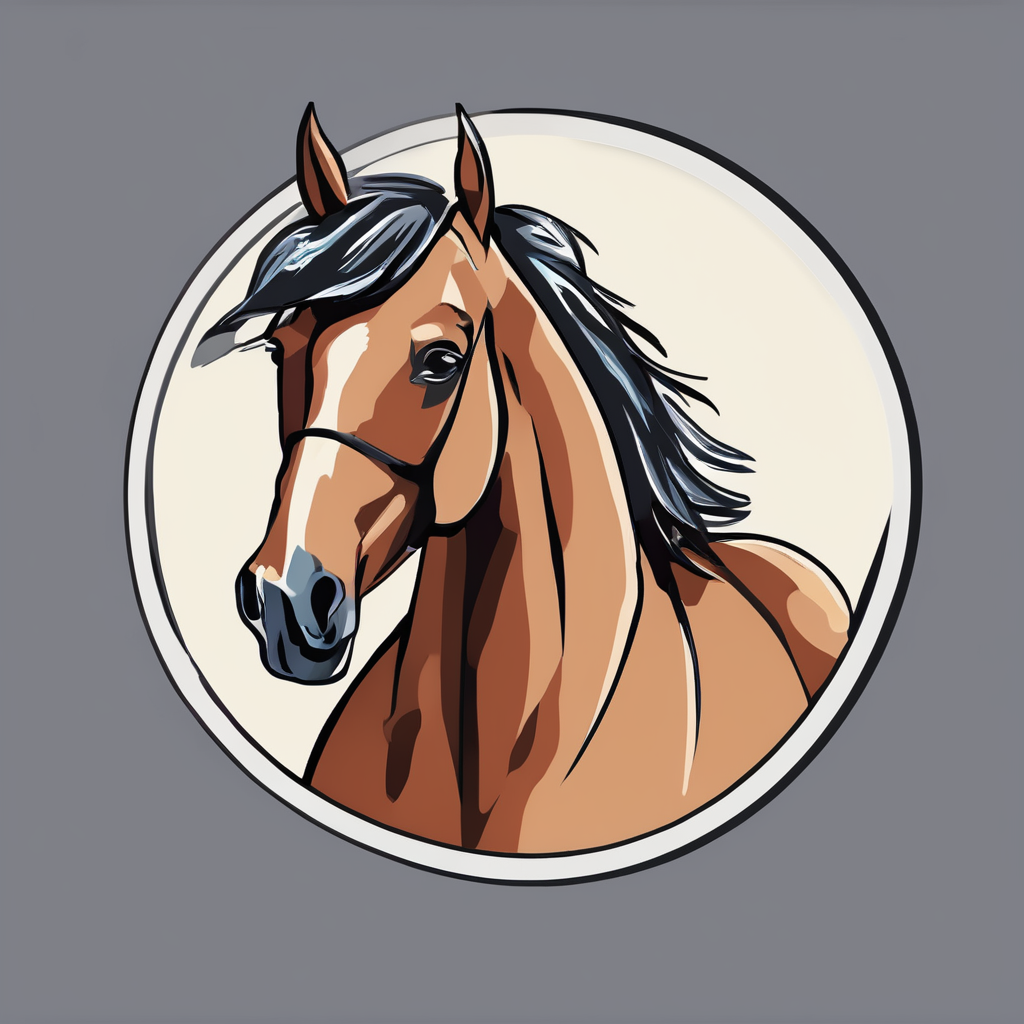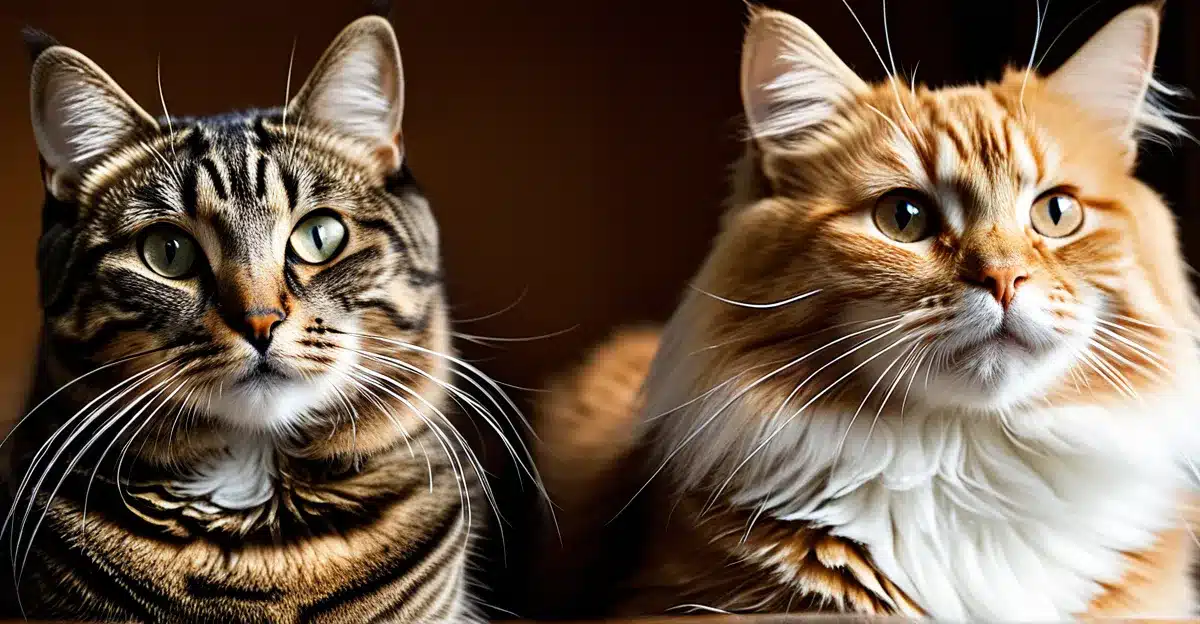Genetic foundations of cat coat patterns
Understanding cat genetics is essential to grasp how diverse feline coat patterns emerge. These patterns result from the interaction of multiple pigmentation genes that dictate where and how colour pigments are distributed on a cat’s fur. Key genes control whether a cat displays spots, stripes, or solid colours.
The inheritance of coat patterns follows a combination of dominant and recessive traits. For example, the gene responsible for tabby striping is often dominant, meaning just one copy can produce the pattern. In contrast, solid colour can be a recessive trait, requiring two copies of the gene for expression. This simple coat pattern inheritance mechanism explains why kittens from the same parents can show different patterns.
Have you seen this : How do you train a cat to be more sociable in the UK?
Major pigmentation genes include those regulating eumelanin (black or brown pigments) and pheomelanin (red or orange pigments). Variations in these genes can deepen colours or dilute them, affecting the overall appearance. The precise combination of these inherited genetic factors results in the stunning variety seen in cat coat patterns.
This genetically driven diversity highlights the fascinating complexity behind every cat’s unique look.
In the same genre : How Can We Identify Unique Features of Cats?
Biological mechanisms creating pattern diversity
Understanding how melanin and pigment cells work reveals the fascinating process behind a cat’s coat patterns. Melanin is the primary pigment responsible for color, produced by specialized cells called melanocytes. These pigment cells migrate and distribute themselves in the developing skin, influencing the final pattern formation.
Two types of melanin—eumelanin (black or brown) and pheomelanin (red or yellow)—combine in varying proportions to create diverse colors and shades. The arrangement and activation of these pigments at the cellular level determine whether a cat will have stripes, spots, or solid coats.
Pattern diversity arises from cellular processes during fetal development. For example, tabby patterns emerge due to the interaction between melanocyte density and gene signals that control stripe or spot formation. Bicolour patterns result when melanocytes do not fully populate certain skin regions, leaving white patches. Meanwhile, the pointed pattern seen in breeds like Siamese cats involves temperature-sensitive enzymes affecting melanin production, concentrating color on cooler extremities.
This intricate dance between pigment cells and melanin not only shapes coat appearance but also exemplifies the genetic and biological complexity behind the rich variety of cat patterns.
Examples of cat breeds with distinctive coat patterns
Exploring unique and signature feline coats
Certain cat breeds are renowned for their distinctive pattern types, which often serve as breed-specific features. The Bengal cat is famous for its striking spotted or marbled coat resembling a wild leopard, making its pattern highly recognizable among enthusiasts. In contrast, the Siamese breed is known for its pointed pattern—darker extremities on ears, face, paws, and tail—an elegant signature look strongly tied to the breed’s heritage.
Another fascinating example is the Tortoiseshell pattern, typically found in a variety of breeds but often celebrated for its mottled mosaic of black, orange, and cream hues. This patchwork-like pattern is rarer in males and adored for its uniqueness.
The Maine Coon stands out with large tabby stripes or classic patterns combined with a thick, luxurious coat, a breed-specific feature that enhances its rugged appearance. Comparing these breeds highlights how pattern types vary and create identity; while Bengal favors spots, Siamese displays points, and Maine Coons sport rugged tabby markings, illustrating how coat pattern prevalence shapes breed recognition.
Evolutionary and selective breeding influences
Exploring how natural mechanisms and human choices craft the diversity of feline patterns.
The evolution of cat coat patterns is deeply rooted in natural selection, where camouflage offers survival advantages. In wild environments, patterns like stripes or spots help felines blend into their surroundings, shielding them from predators or enabling more effective hunting. This evolutionary pressure maintains a wide variety of patterns in feral populations.
Conversely, selective breeding in cats by humans prioritizes aesthetic traits, often diverging from purely survival-driven patterns. Historically, breeders focused on enhancing distinct markings, such as the Bengal’s rosettes or the Siamese’s pointed coat, by carefully choosing parents exhibiting desired traits. Modern selective breeding involves genetic knowledge allowing more precise control over pattern inheritance, sustaining popular and sometimes rare markings.
Human preferences have notably influenced coat patterns in domestic cats, emphasizing appeal over camouflage. This has expanded the range of patterns seen, blending natural selection’s role with cultural tastes. As a result, the interplay between evolution and selective breeding in cats continues to produce the remarkable diversity appreciated by cat enthusiasts worldwide.
Heredity, genetics, and practical breeding considerations
Understanding heredity in cats is crucial when predicting coat patterns from parental genetics. Each cat inherits a unique combination of genes that determine its coat color and pattern. For instance, the genes responsible for tabby, calico, or solid colors are passed down in specific ways, often following Mendelian principles of dominant and recessive genetic inheritance. Breeders aiming to achieve particular coat patterns must analyze both parents’ genetic backgrounds carefully.
Ethical and health considerations arise when breeding solely for aesthetics. Selecting mates based on coat patterns without regard for overall genetic diversity can increase the risk of hereditary diseases and weaken the gene pool. Responsible breeders prioritize the cats’ well-being, balancing desired traits with health.
From a practical standpoint, breeders and cat owners should be aware that even with genetic knowledge, predicting outcomes isn’t always exact. Environmental factors and gene interactions can cause variations. Familiarity with heredity in cats equips breeders to make informed decisions, promoting healthier litters with desired traits while maintaining genetic robustness.


